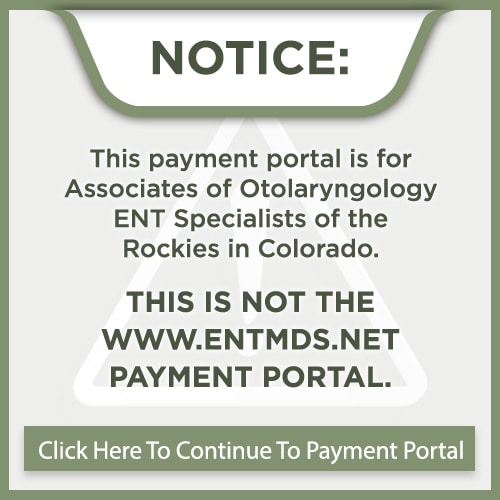How Can I Test For Food Allergies?

Food allergies are very common and affect around three percent of adults and six to eight percent of children. A food allergy is an immune reaction experienced after eating a certain type of food. In some cases, even a tiny amount of the food can trigger allergic reactions like swollen and blocked airways, hives, or digestive problems. In the worst instances of food allergy, a person can experience anaphylaxis, which can be fatal if not immediately treated.
Food Allergy Symptoms
Food allergy symptoms can vary among different people. Some may have very minor reactions that merely cause a small amount of discomfort, while others may experience life-threatening symptoms. Usually, symptoms develop anywhere from a few minutes to two hours after the food is consumed. Certain types of reactions are very common and can include:
- Abdominal pain, diarrhea, nausea, and vomiting
- Anaphylaxis, including airway constriction, rapid pulse, blood pressure drop, dizziness, or loss of consciousness
- Dizziness, lightheadedness, and fainting
- Hives, itching, and rashes
- Swelling of the lips, tongue, throat, face, and other body parts
- Tingling or itching of the mouth
- Wheezing, congestion, or difficulty breathing
How are Food Allergies Diagnosed?
There are certain factors your allergist will consider during a consultation. Generally speaking, there is no perfect test to rule out a food allergy. Sometimes, a person might test positive for a certain food but have no reactions to it, which can signify a false positive. Additionally, a test can come back negative for an allergy you actually have. For this reason, it’s important to consider other factors that might help guide your test interpretation. Factors that allergists consider before making a diagnosis include:
- Symptoms: It’s important to give your allergist detailed information on any symptoms experienced, including the food eaten and the amount consumed.
- Family history of allergies: If you’re aware of a family history of allergies, you should inform your allergist of it and mention specific types of allergies, even if they aren’t food-related.
- Physical examination: Your allergist can perform a physical examination to rule out other medical issues.
- Skin test: Skin prick tests are useful in determining if you react to a specific food. The test is performed by placing a tiny amount of the allergens on the skin of the forearm or back. Allergists will sometimes prick the skin with a needle to get a tiny amount of the allergen beneath the skin. If the individual is allergic, they will experience a reaction.
- Blood test: Blood tests can often test for more foods than a skin test. They measure the immune system’s response through an antibody called immunoglobulin E. This test is usually examined by a laboratory.
- Elimination diet: Your allergist may ask you to eliminate suspect foods from your diet for one or two weeks and gradually re-add them to your diet, later on, to see if systems disappear, improve, or return.
- Oral food test: An oral food test is sometimes performed at the doctor’s office and involves eating a small amount of suspect foods. If there are no reactions, the foods can be included in the person’s diet again.
Schedule a Consultation in Denver, Lone Tree & Castle Rock, CO
It’s important to speak with your doctor about the best ways to begin treating your food allergies. They can determine whether you might benefit from a food allergy test with our allergists. Once you are diagnosed, you can begin a treatment plan that can help to manage your symptoms. To schedule a food allergy test with our allergists, contact our office by calling or filling out our online form.
Associates of Otolaryngology, or, AOO | ENT Specialists of the Rockies has been serving multiple generations of families across the Denver Metro area since 1969. Our group of board-certified surgeons has been providing award-winning treatment and exceeding patients’ expectations with our specialized ENT services for over fifty-five years.
Thanks to our exceptional providers, we are an all-encompassing, comprehensive ENT practice. Our expert team of specialists includes general ENT surgeons, head and neck surgeons, sleep, sinus, and allergy specialists, and facial cosmetic and reconstructive surgeons. In addition, our team of providers is supported by doctoral-level audiologists, physician assistants, and nurse practitioners.





